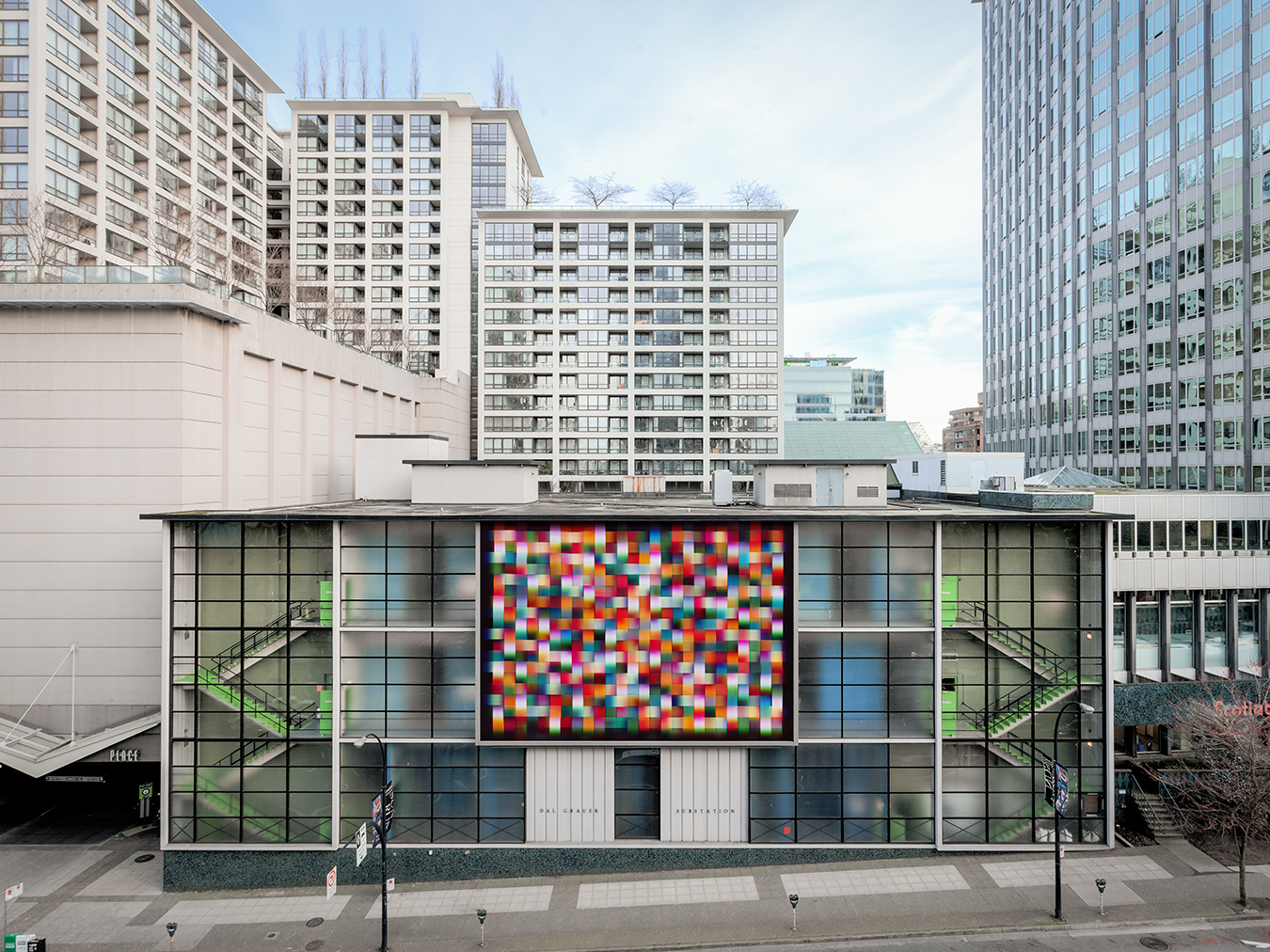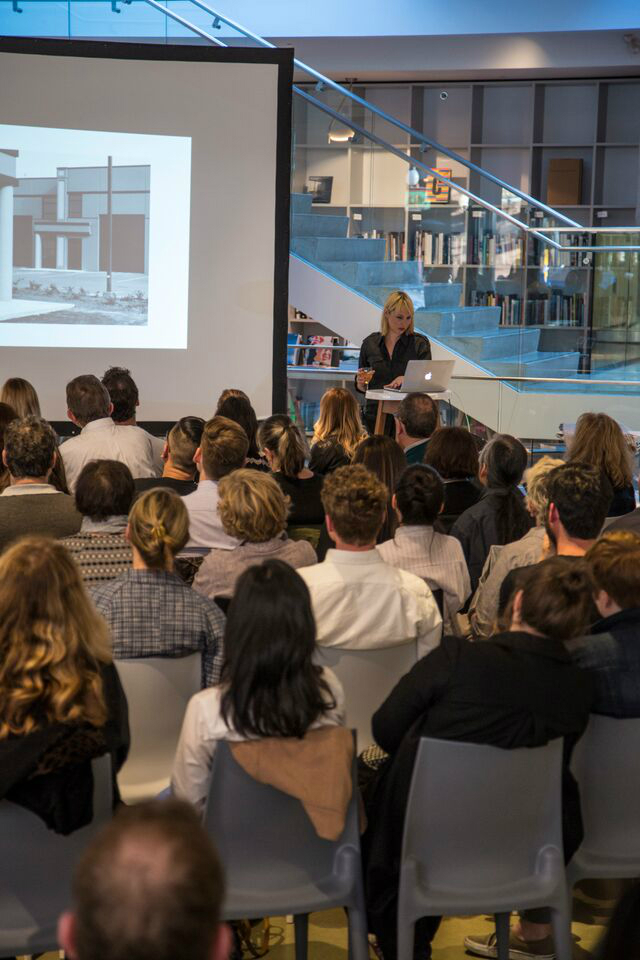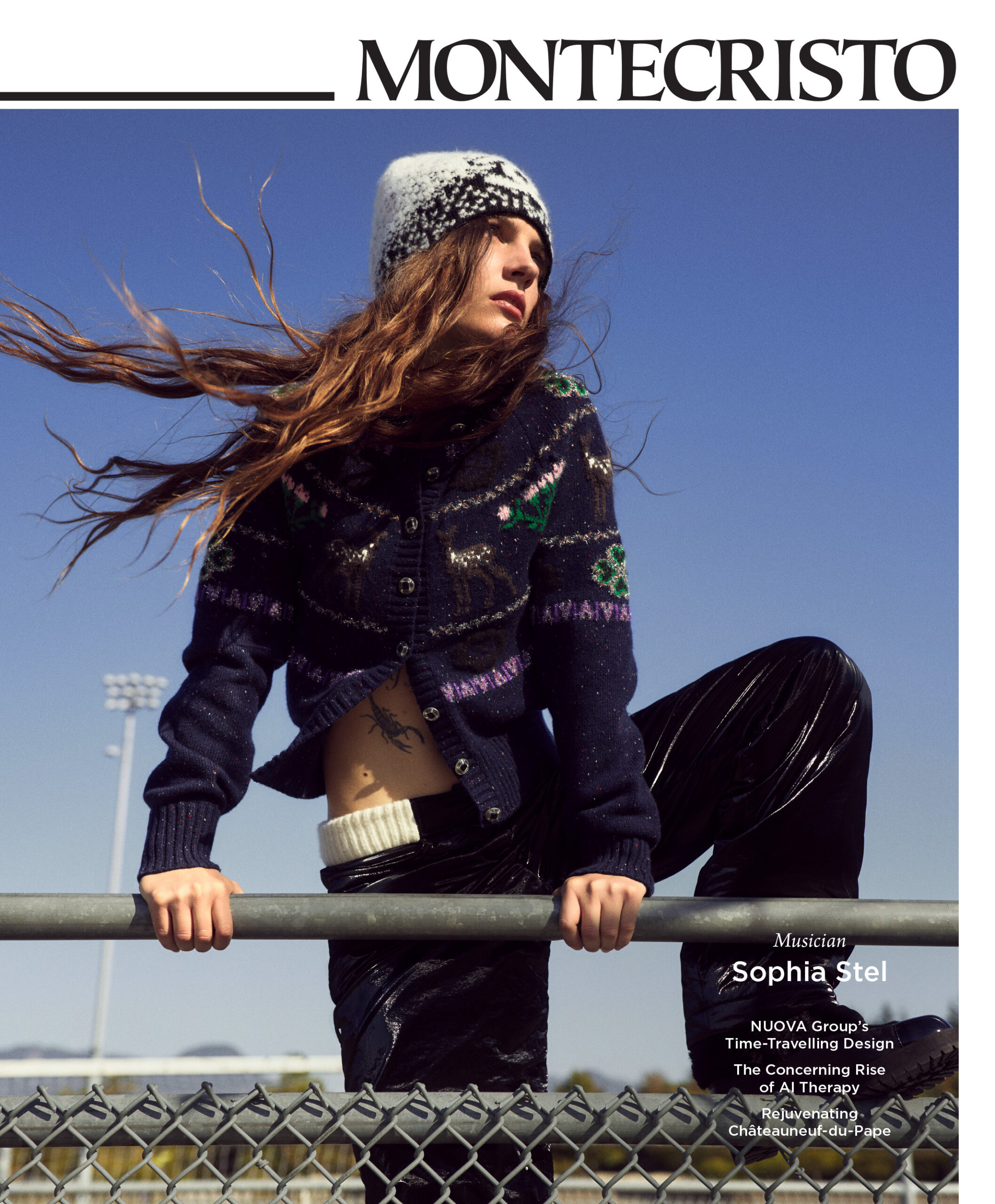Jessica Eaton has a ritual. Every time the acclaimed Canadian photographer is in Paris, she visits the grave of French magician-turned-filmmaker Georges Méliès (1861 to 1938)—but instead of bringing him flowers, she presents him with negatives from her failed photographs. It is her tribute to Méliès, a man famous for his illusions, his tricks of the eye on film. Eaton works with images that are still rather than moving, but her work has a touch of Méliès influence nonetheless. Almost contradictorily, she is a photographer focused on that which we cannot see. By utilizing a labour-intensive process involving different exposures, masks, and filters, Eaton captures colour only visible through her analog camera; like with the work of Méliès, her pictures are, in essence, an effect. Eaton’s striking images look more like paintings than photographs—at the very least they look digitally altered or enhanced, but in fact, everything seen on her prints is created within the camera.
Perhaps Eaton’s most famous work to date is a series of colourful cubes called Cubes for Albers and LeWitt—in reality the bright, electric shapes are actually, shockingly, painted shades of grey. Placing a different colour separation filter over the lens each time, Eaton photographs the cubes over and over on the same negative. With the meticulous repetition and variations, the colours merge together to create effervescent results. The colours are there somewhere; what Eaton does is put them into focus. She calls it “making photographs as opposed to taking them”—her images are rooted in process, not result. “Most photographic production now is heavy on the after,” she explains, sitting at Café Artigiano during Vancouver’s Capture Photography Festival, where she premiered an expansive work on the side of the Dal Grauer Substation. “I’m really interested in what I can get in there from the beginning—the sort of meat of it coming out of the camera, being an integral part of the actual picture making rather than a later addition.” Due to the detailed nature of the work, it is a job that requires a hefty amount of patience and a vast openness to failure. Eaton never really knows what she has put on each negative (she works on large, individual sheets of film) until the print comes back. “In a sense they’re all failures,” she says with a smile. “They’re all varying degrees of failing.” She is never satisfied, always searching deeper, perpetually thirsty for something more. “It’s a very brief moment of satisfaction and then it’s just painful failure, and then just wanting,” she explains. “If I didn’t have exhibits, if I didn’t have these [deadlines] to stop me and force me to be like, ‘Okay, this is the work,’ and put it on the wall, I would perpetually reshoot for eternity. There’s never that moment of satisfaction where I feel like, ‘Yes, I did it, this is it.’”
Born in Regina, Eaton knew she was destined to be a photographer from “the second” she picked up a camera at age 19. She received a BFA from Emily Carr University in Vancouver, a city important to her because it accepts and celebrates photography as an art form (unlike in some more traditional cities, especially in Europe). “I think it was really valuable to start my first understandings of contemporary art in a context where there was no question whether a photograph qualified,” says Eaton, now in her late 30s, says of her time in Vancouver. She has lived in Toronto and is currently settled in Montreal, though she is relocating to New York next year. In 2014, The Guardian’s Sean O’Hagan declared her “the hottest photographic artist to come out of Canada since Jeff Wall.” Eaton has shown her work internationally, including in Los Angeles, London, Hyères, and New York, the last of which, at Higher Pictures gallery, this past summer exhibited prints in her latest subject: flowers. She says florals were an obvious next choice because “there are patterns on flowers in ultraviolet that we don’t normally see.” It allows her to once again reveal what’s beneath the surface of our initial analysis. “I’m really interested in how photography can make visible things outside of our access,” she explains. “They’re there, and through the camera we can make an interpretation we can see.”
Images inform Eaton’s everyday life, altering how she views the world. She can’t look at a photograph without dissecting how it was created, perhaps explaining why she rarely takes travel photos (she’s been to Paris seven times and doubts she has a single picture of the Eiffel Tower) and posts purposefully silly snaps on her Instagram account. “To me it seems absurd to try to take a really good picture with my phone,” Eaton says. “It’s also devoid of all the controls that I am really invested in. It has too much of its own brain. I don’t like cameras that override me. I want my analogue, that does none of the thinking, and I can tell it exactly what I want it to do.” And while we live in a world of sensory overload where there are millions of photos being taken all the time, Eaton predicts we are headed towards a sort of “dark age of the document” in which the only photographs to survive will be those of photographers who printed and archived their images. “I’m at the age now where everyone’s having babies, and that’s my lecture: Print this [expletive] out,” she says. “Make a photo album like your parents would have done in the ‘70s. That, shy of a fire, is much more likely going to make it to your child’s 20th birthday than your iPhone snaps.” As for her own printed pictures, Eaton is on what she calls a “forever quest” for perfection. “I want something to come back where I look at it and it’s no longer even mine,” she says. “There’s something in me that quests for this magical image.” She is aware, though, that she may never find it.
As for Georges Méliès, in a tragic end to his story, many of his films were melted down to make boot heels during the First World War. Though several of his creations were lost, his vision, evidently, was not; the filmmaker is now largely seen as the grandfather of special effects. By bringing failed negatives to Méliès’s grave, Eaton pays him homage while simultaneously—and quite literally—leaving her own artistic mark. And there her rejected images sit upon the rock, until, eventually, one day, as if with a blink, they are gone.











